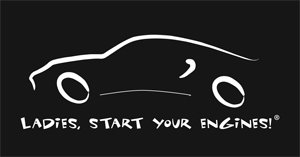We’ve all heard that proper tire inflation will help with
gas mileage, but it’s also a safety concern. Improperly inflated tires can
cause premature wear and stability issues as well. So first, let’s talk about
were to find the proper tire pressure for your vehicle.
As you may know, tire manufacturers make tires that end up
on a variety of vehicles. Therefore, you will never find the tire pressure for
your vehicle on the tire itself. You need to look at the specifications for
YOUR vehicle. You can find this information in your owner’s manual and
somewhere on the vehicle, usually inside the driver’s door. Make sure you read
it carefully; sometimes tire pressure is different in the front and the back.
And don’t forget to check your spare tire at least once a year, a flat spare
won’t help if you get a flat tire.
 |
| Digital Gauge |
 |
| Stick Gauge |
 |
| Dial Gauge |
The next thing you need is a tire pressure gauge. I
recommend that you purchase one and keep it in your vehicle. There are a
variety of gauges, a stick gauge, dial gauge or a digital gauge. Find one that
you feel comfortable with and know how to use it.
If you have a TPS sensor, don’t ignore it. Check the tire
pressure. Remember, if you have nitrogen in your tires, it’s okay to add air if
the tire is low.
Having a tire that is low on air may cause the car to feel
unstable when driving it, or you may feel like it’s pulling to one side or the
other. Obviously if all tires are properly inflated you’ll get the best ride
down the road.
So what can happen if you don’t keep proper pressure in your
tires. Well, there are a couple things. Over inflated tires will tend to wear
prematurely down the center of the tire, while under inflated tires will wear
along the outside edges.
It’s also important to rotate your tires so that you get even
wear. Check your owner’s manual for the recommended schedule. If you don’t have
this information, every 7500 miles is a good guideline to follow. Remember,
your front wheels are doing all the steering, so you want the most tread in the
front.
Tires are expensive these days. Proper maintenance will help
you get your money’s worth and give you the longevity and mileage out of your
tires as well.















